
2017 Year in Review
The U.S. nuclear deterrent has been the cornerstone of the United States’ strategy to keep the American people safe and secure for more than 70 years, as well as a significant contributor to global stability. In 2017, NNSA continued to maintain the safety, security, and effectiveness of nuclear weapons through the Stockpile Stewardship Program (SSP), enabling the Secretary of Energy and Secretary of Defense to certify the reliability of the nuclear weapons stockpile to the President once again.
In November, NNSA published the Fiscal Year 2018 Stockpile Stewardship and Management Plan (SSMP), a detailed report on the programs, scientific tools, capabilities, and infrastructure necessary to ensure the success of NNSA’s nuclear weapons mission now and well into the future.
Throughout the year, NNSA also actively participated in the Nuclear Posture Review (NPR), directed by the President and led by the Department of Defense, to ensure that America’s nuclear deterrent is modern, robust, flexible, resilient, ready, and appropriately tailored to deter 21st century threats and to reassure our allies and partners. The results of the NPR will be made public in early 2018.
NNSA extends the life of existing U.S. nuclear warheads by refurbishing or reusing nuclear and non-nuclear components where possible and replacing components with systems that employ modern technologies as needed. Over the course of the year, NNSA made tremendous strides in each of its Life Extension Programs (LEP) and Alterations (Alts).
B61-12 flight test at Tonopah Test RangeSandia National Laboratories- NNSA surpassed the 80 percent mark in the total production run of the W76-1 LEP, one of the two warheads associated with the Navy’s submarine launched ballistic missile. This LEP will add an additional 30 years of service life to the W76.
- The B61-12 LEP, a nuclear gravity bomb for the U.S. Air Force, is currently in production engineering and continues to meet its qualification test schedule, with multiple flight tests completed during the past year. This LEP remains on track for a first production unit in 2020. Once completed, the LEP will add at least 20 years to the life of the system and consolidate four models of the B61 into a single variant.
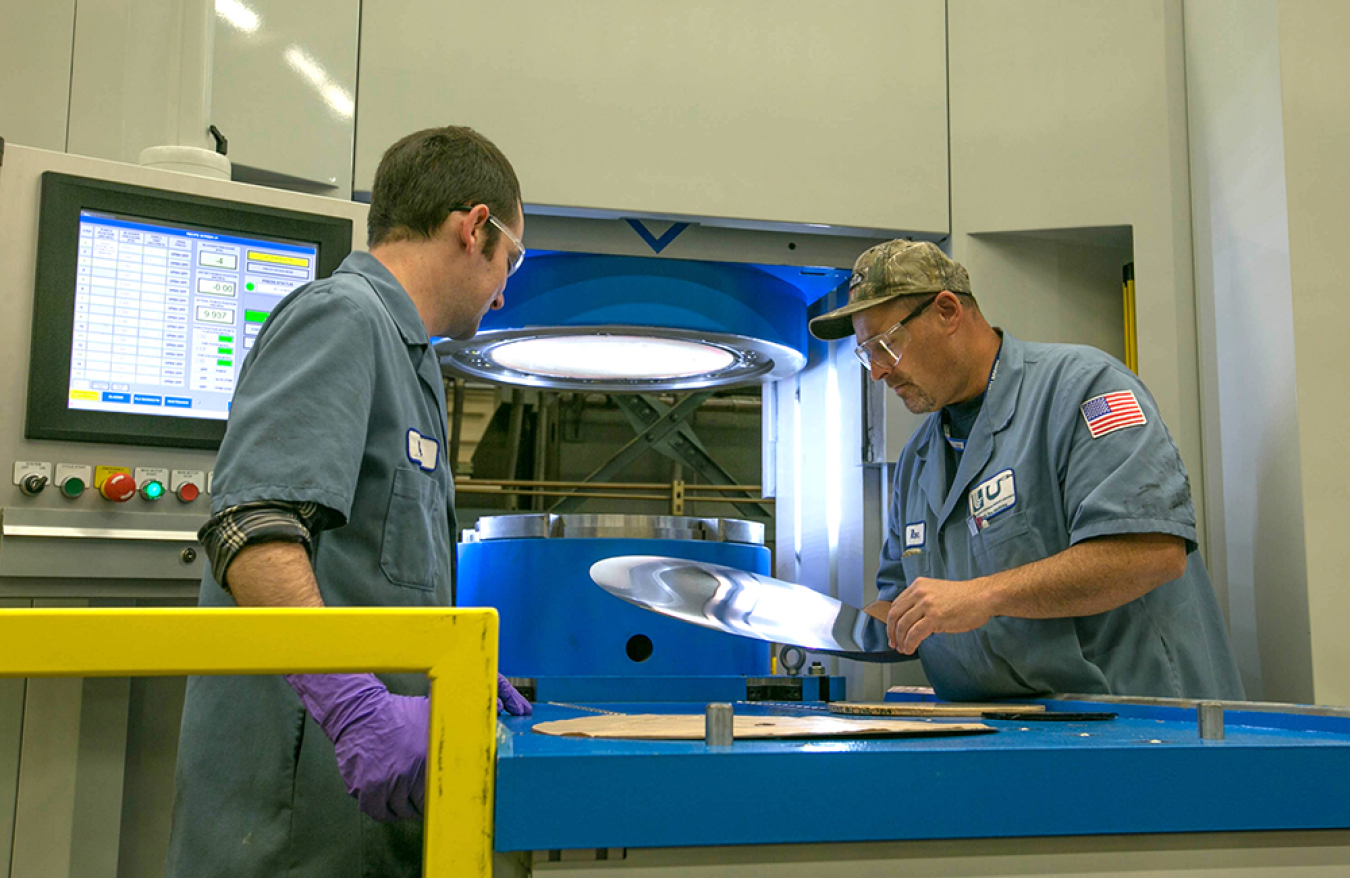
Machinists at NNSA's Lawrence Livermore National Laboratory use a state-of-the-art hydraulic press needed for W80-4 work
- The W88 Alt 370 program successfully accelerated activities for the change out of the aging high explosive in the W88, the other submarine launched ballistic missile warhead. The program is currently in the production engineering phase and remains on schedule for a first production unit in 2019.
- NNSA made significant progress on the W80-4 LEP and entered the design definition and cost study phase in September. The W80-4 is the nuclear warhead planned for incorporation into the Air Force’s new Long Range Standoff weapon system, the replacement for its aging Air Launched Cruise Missile.
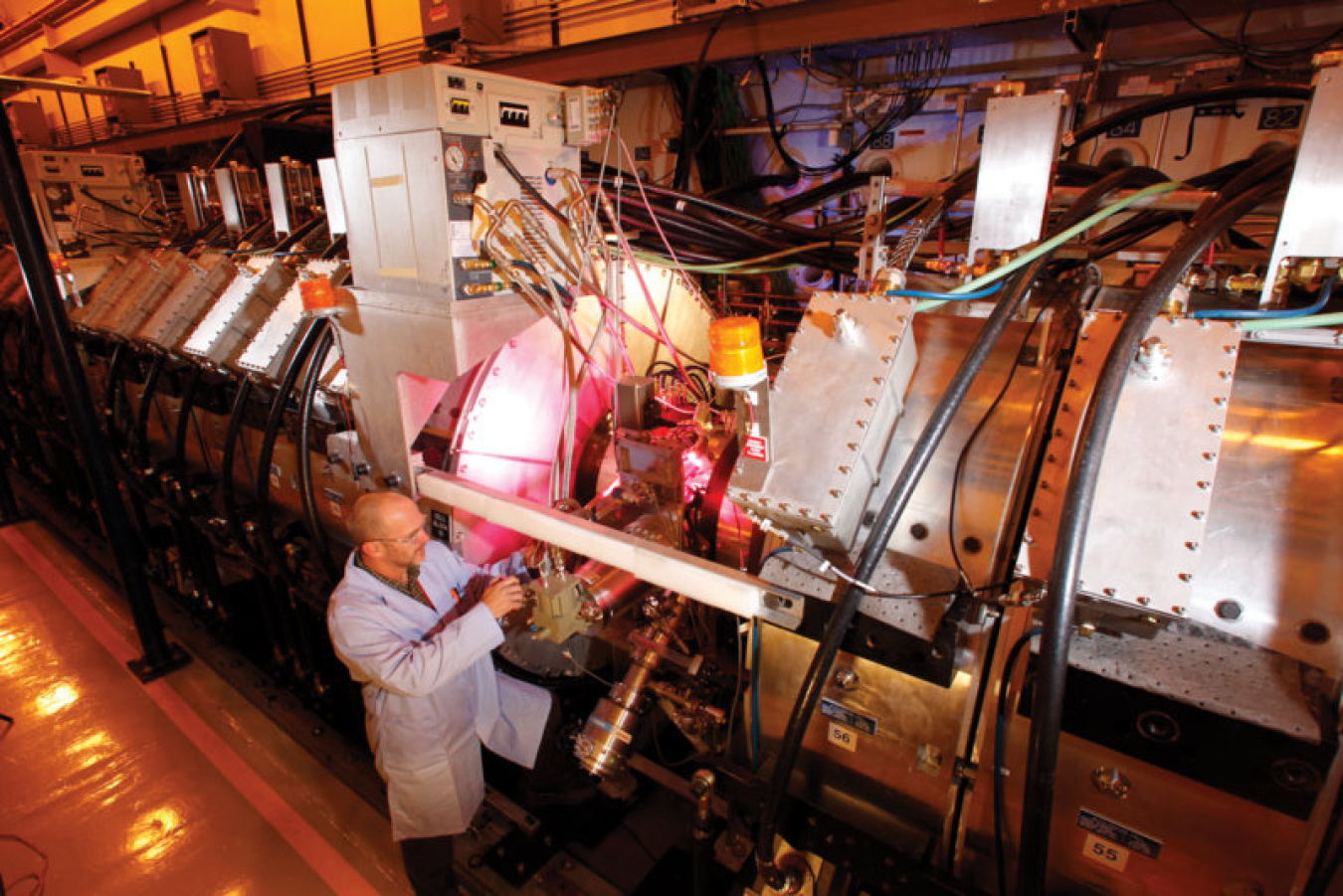
The Dual Axis Radiographic Hydrodynamic Test Facility (DARHT) at NNSA's Los Alamos National Laboratory
NNSA uses experimental facilities and high performance computing capabilities across the Nuclear Security Enterprise to obtain and analyze critical data for the stockpile stewardship mission. Significant achievements in 2017 include the following:
- The National Ignition Facility at Lawrence Livermore National Laboratory completed its 2,000th experiment in August. NIF broke its own record for neutron yield twice this summer, achieving a yield of 51 kilojoules and doubling the previous record from 2014. High Energy Density and Inertial Confinement Fusion experiments support stockpile stewardship, as well as other national security applications and discovery science.
- The Dual Axis Radiographic Hydrodynamic Test Facility (DAHRT) at Los Alamos National Laboratory completed seven integrated hydrodynamic experiments, which examined the effects of component aging and changes proposed in the LEPs.
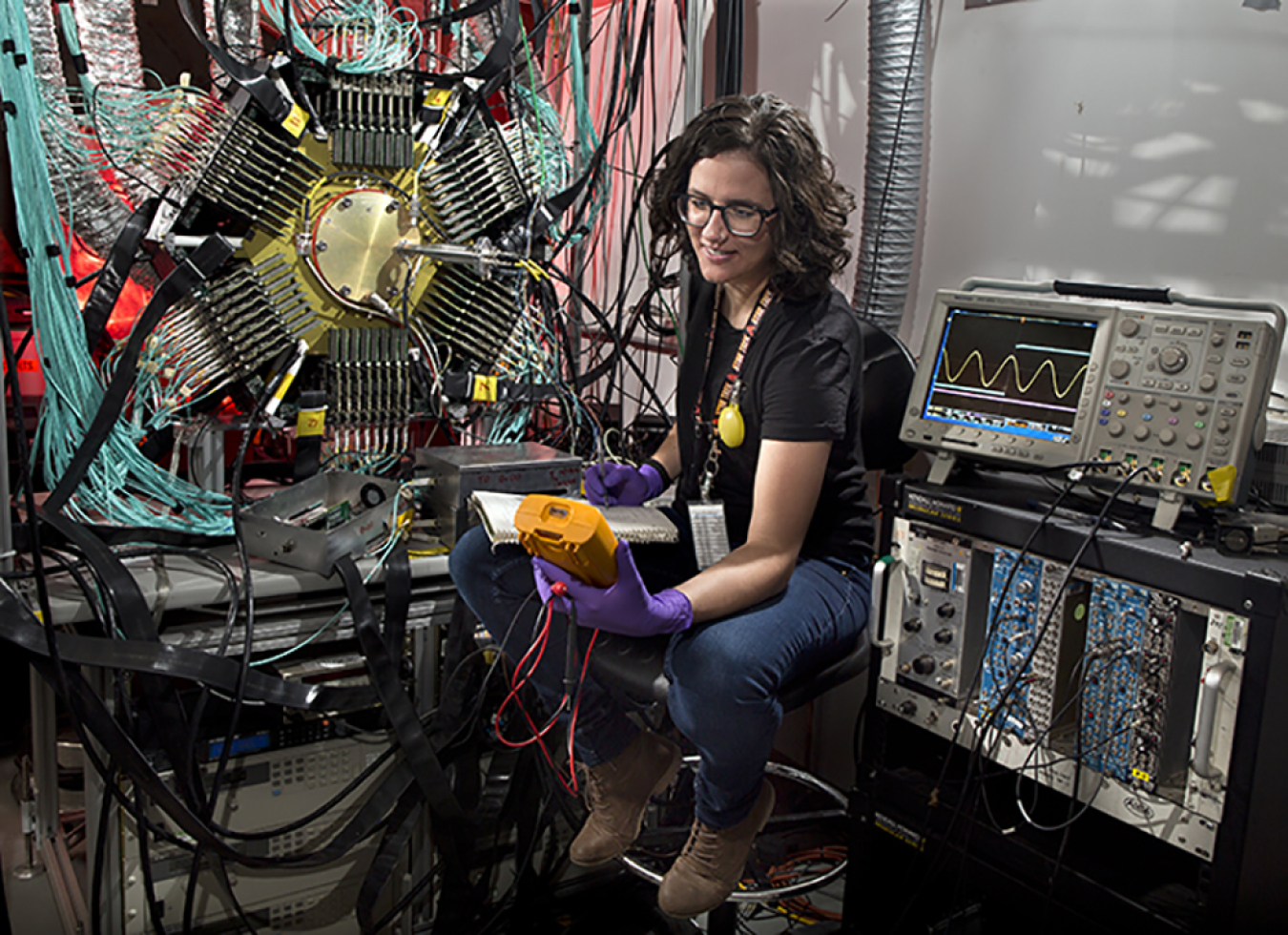
The Los Alamos Neutron Science Center
- The Z Pulsed Power Facility(Z Machine) at Sandia National Laboratoriesexecuted over 140 experiments. The Z Machine is the world’s most powerful and efficient laboratory radiation source. As it creates weapon-relevant conditions found nowhere else on Earth, experiments on the Z Machine further our knowledge of weapon physics.
- The Joint Actinide Shock Physics Experimental Research (JASPER) gas gunat the Nevada National Security Sitecompleted 18 experiments, including two experiments testing plutonium. Sixteen experiments on other special nuclear materials readied the platform for advanced diagnostics in support of upcoming plutonium experiments.
- The Los Alamos Neutron Science Center (LANSCE) fielded 122 experiments with 547 users. The Proton Radiography facility and the Lujan Center facility both executed shots in support of the B61-12 LEP and future stockpile options. The Weapons Neutron Research Facility measured nuclear data to better understand criticality, as well as radiochemical data from underground tests.
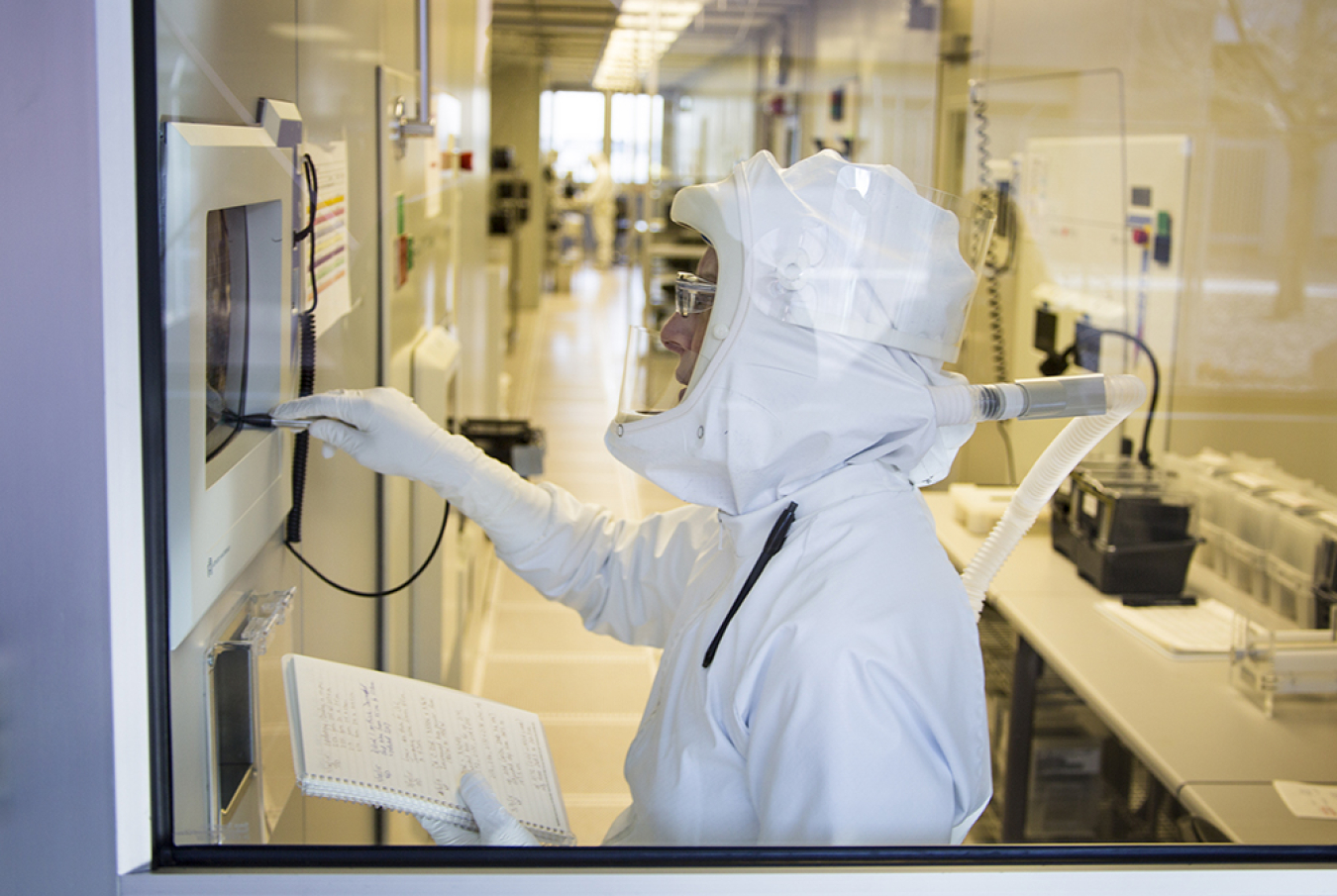
The Microsystems and Engineering Sciences Applications Facility at NNSA's Sandia National Laboratories
- The Microsystems and Engineering Sciences Applications Facility (MESA) at Sandia National Laboratory produced integrated circuits for the nuclear security enterprise, including circuits used in state-of-the-art diagnostic detectors.
- The Trinity high performance computing system at Los Alamos National Laboratory began full operations. Trinity is one of the most advanced computers in the world and performs over thirty times better than the lab’s former supercomputer, Cielo. With a speed of 41 PetaFLOPS, Trinity provides computing resources that support highly accurate multi-dimensional modeling necessary for understanding and predicting performance as nuclear weapons age.
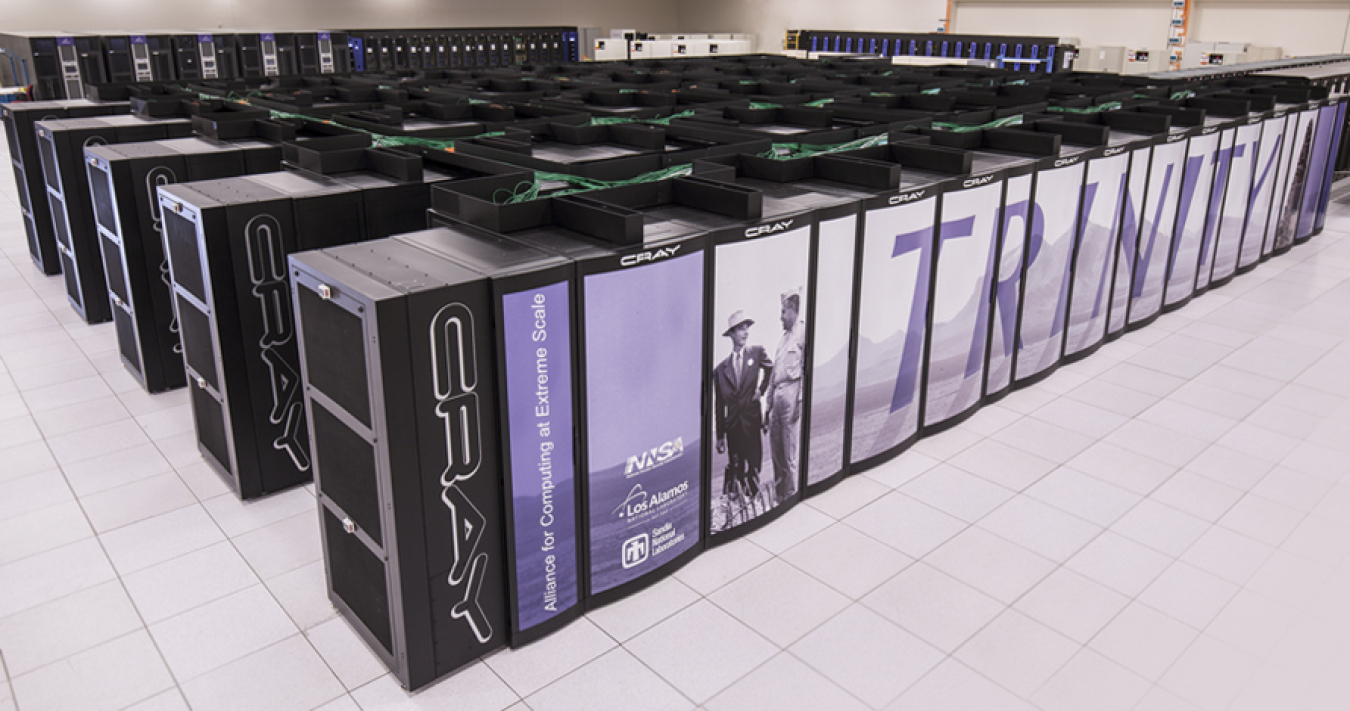
Trinity Supercomputer at Los Alamos National Laboratory

